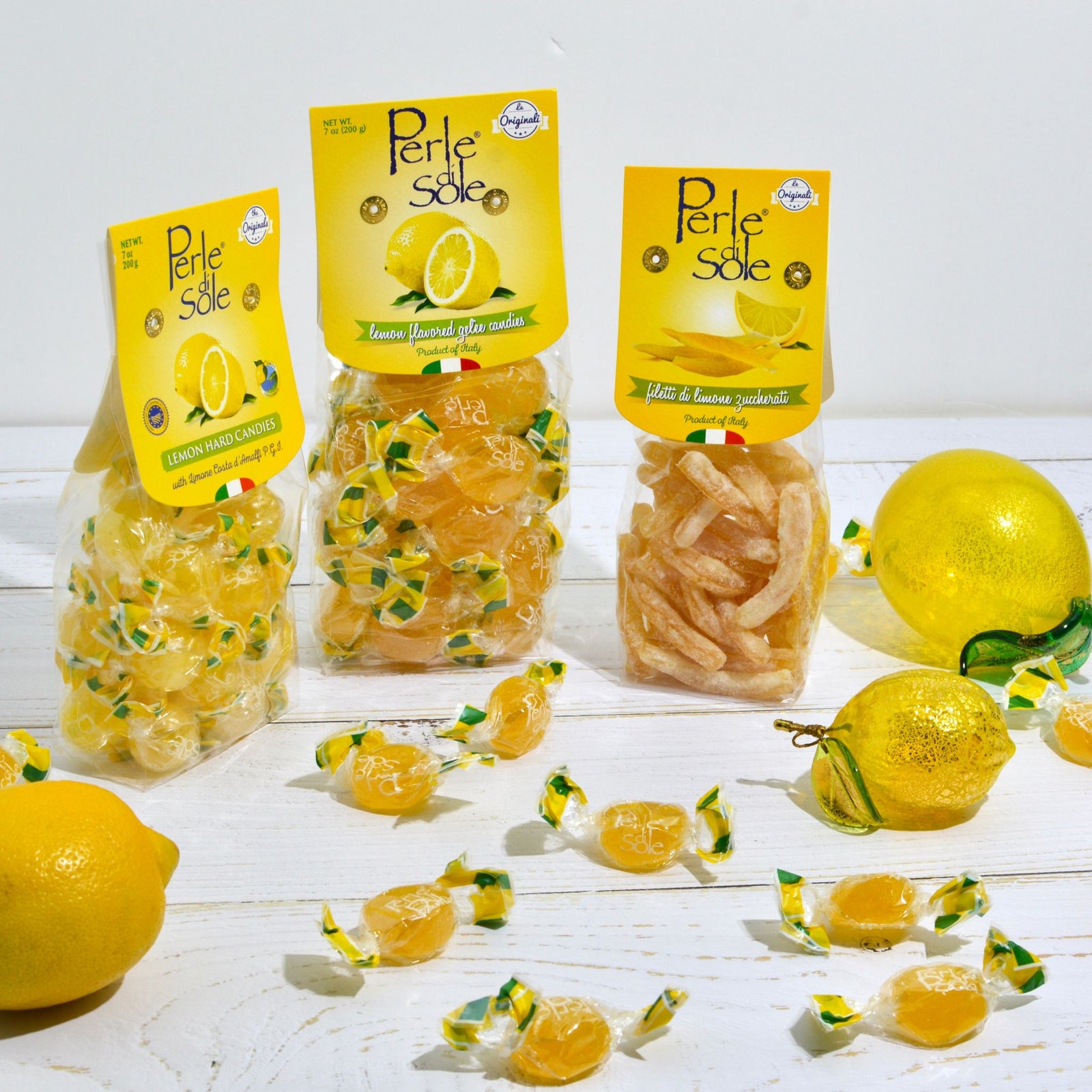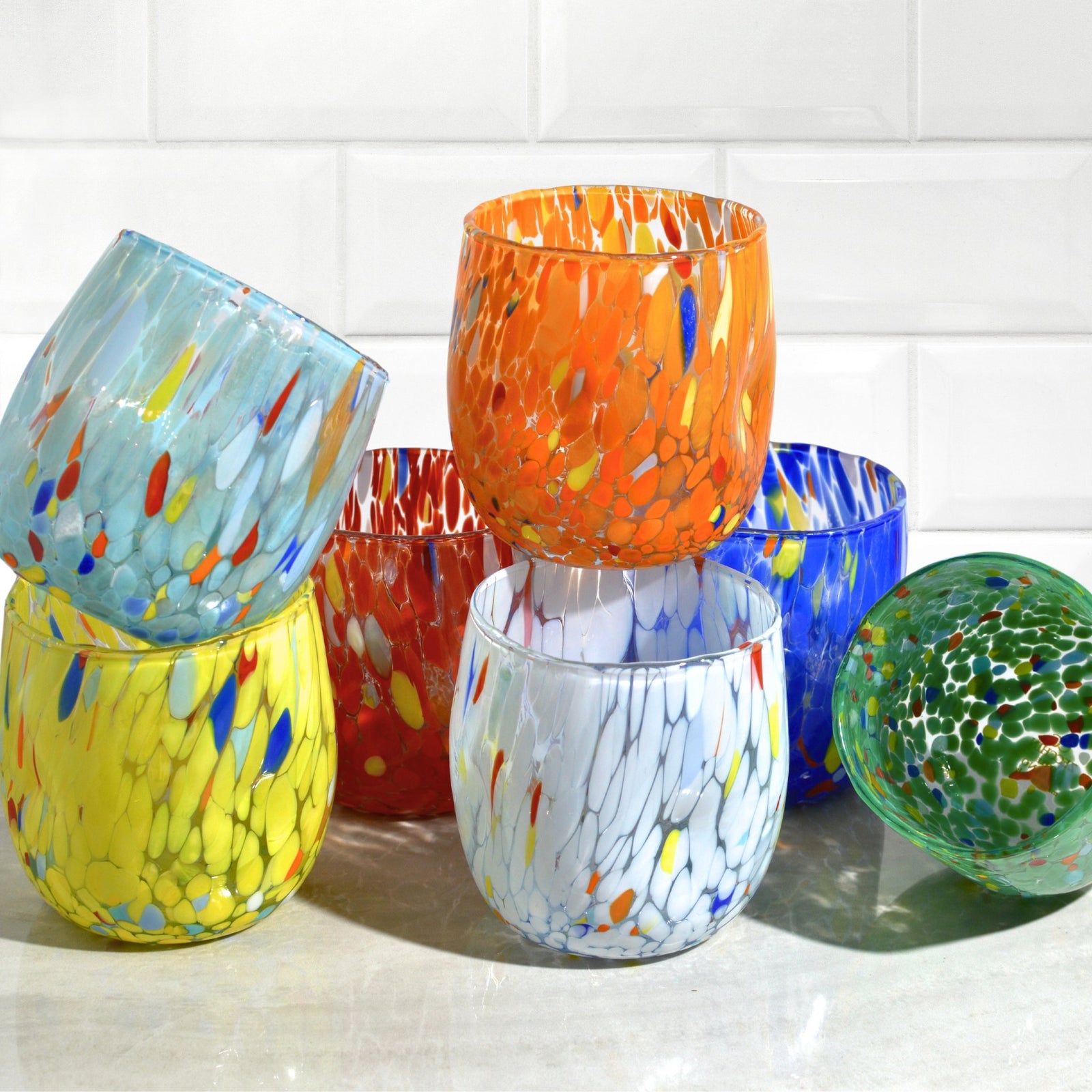What is Millefiori Glass?
Literally translated “mille” means thousand and “fiori” means flowers so millefiori means thousand flowers. Millefiori is a glasswork technique to create mosaic chips for use in decorating Murano Glass pieces. It is universally recognized as originating from Murano. The term "Murrine" is used to describe the mosaics.
 History of Millefiori Glass
History of Millefiori Glass
The technique of millefiori glass-making can be traced back to ancient Egypt and Rome. The term "millefiori was first used to describe the mosaic chips by London glass-blower Apsley Pellatt, in his book “Curiosities of Glass Making” first published in 1849.
The history of millefiori is not completely clear but it is likely that the Egyptians first came up with the idea to fuse together different colors of glass sometime between the third and first century B. C. Later, examples of millefiori were found to be made by Phoenicians and Romans, but it is not known if these glass masters influenced one another or had the same idea.
How Millefiori is made:
The cane is set side by side to create a flower. The piece is heated fusing the colored cane together into a thick, round collection of the individual canes. The now single cable of many colored rods is heated again and with 2 people, one on either side and is stretched to the desired diameter. The long cylindrical piece of glass shows the flower design when you look down the center. Cut into mosaic segments you now have the cross section and a distinct flower will emerge prominently.
These pieces are then placed together to create a mosaic or sometimes "sprinkled" throughout a blown-glass piece.
Millefiori is still made in Murano, Italy today and the glassmakers create these pieces entirely by hand. Here at My Italian Decor we absolutely love the unique look of the one-of-a-kind pieces created using this age-old technique. We carry a wide variety of millefiori jewelry including earrings, necklaces and pendants as well as vases, glassware, and ornaments. Do you have a special piece made with this amazing technique?
















Leave a comment (all fields required)